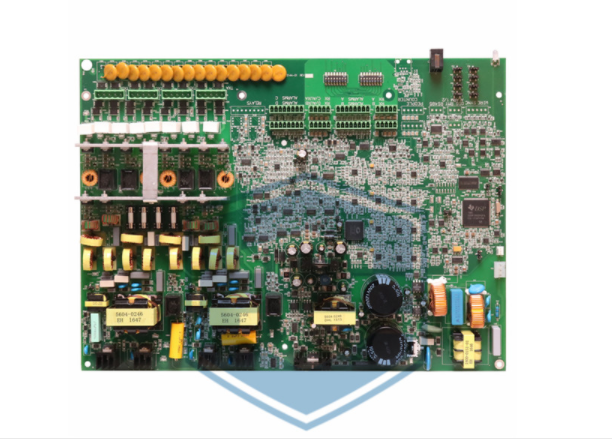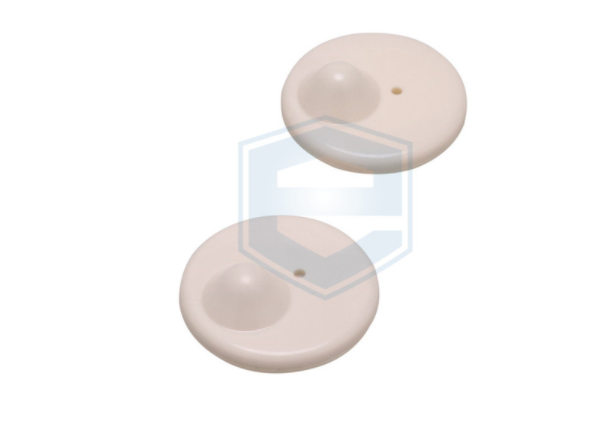Think of the tag on a bottle of wine in a store, designed to prevent theft, or the small device/sticker on a car windshield that allows free use of the toll road: these are all RFID tags. Most RFID tags are used for merchandise or to track packages, but they can be used for other purposes as well. ENGUARD gives you an overview of how RFID tags work.
RFID is an automatic identification method that consists of several components such as tags, tag readers, edge servers, middleware and application software. Three of the important components are RFID tags, RFID readers and data processing software. an RFID tag is a small object that can be attached to or embedded in a product, animal or person. It consists of a microchip for storing data and an antenna that enables it to receive and respond to RF queries from an RFID transceiver. The tag contains the Electronic Product Code (EPC) and information related to the product, such as company name, lot and year of manufacture, price, etc.
RFID tags are tracking systems that use radio frequencies to search, identify, track and communicate with items and people. Essentially, RFID tags are smart labels that can store a range of information from serial numbers to short descriptions and even pages of data. Some RFID tags include cryptographic security features for advanced authentication and identity verification. RFID tags are typically identified by their radio frequency: low frequency (LF), high frequency (HF) and ultra-high frequency (UHF).
LF systems range from 30 to 300 KHz and have a read range of up to 10 cm. These systems are more commonly used in applications such as access control and livestock monitoring.
HF systems range from 3 to 30 MHz and have a read range from 10 cm to 1 m (3 ft). These systems are typically used for electronic ticketing, payment or user experience applications.
UHF systems range from 300 MHz to 3 GHz with a read range of up to 12 m (39 ft). These systems are most commonly used for retail inventory tracking, parking, access control, and asset management.
There are two types of RFID tags - passive and active. Passive RFID tags are the most common; they do not require a direct line of sight to the reader, but have a much shorter read range and are much smaller and lighter.
Supply chain and inventory management, asset and people tracking, industrial and manufacturing, brand protection and anti-counterfeiting, door and perimeter access control, pharmaceutical and healthcare, entertainment and travel, apparel and retail.
Active RFID tags are less common and require their own transmitter and power supply. These tags tend to be larger, more rugged, durable and more expensive. An example of an active RFID tag is a beacon used for RTLS, continuous medical monitoring, or theme park attendance.
RFID tags allow businesses to operate efficiently with lower costs and positive results. A variety of options are available, including physical access cards, inlays, tags, labels or contactless solutions, and the addition of tampering capabilities can transform RFID tags into smart stamps.

Basic Approach to Preventing Retail Business Losses
Apr. 16, 2022
What You Need to Know about EAS Security Tag Alerts
Apr. 06, 2022